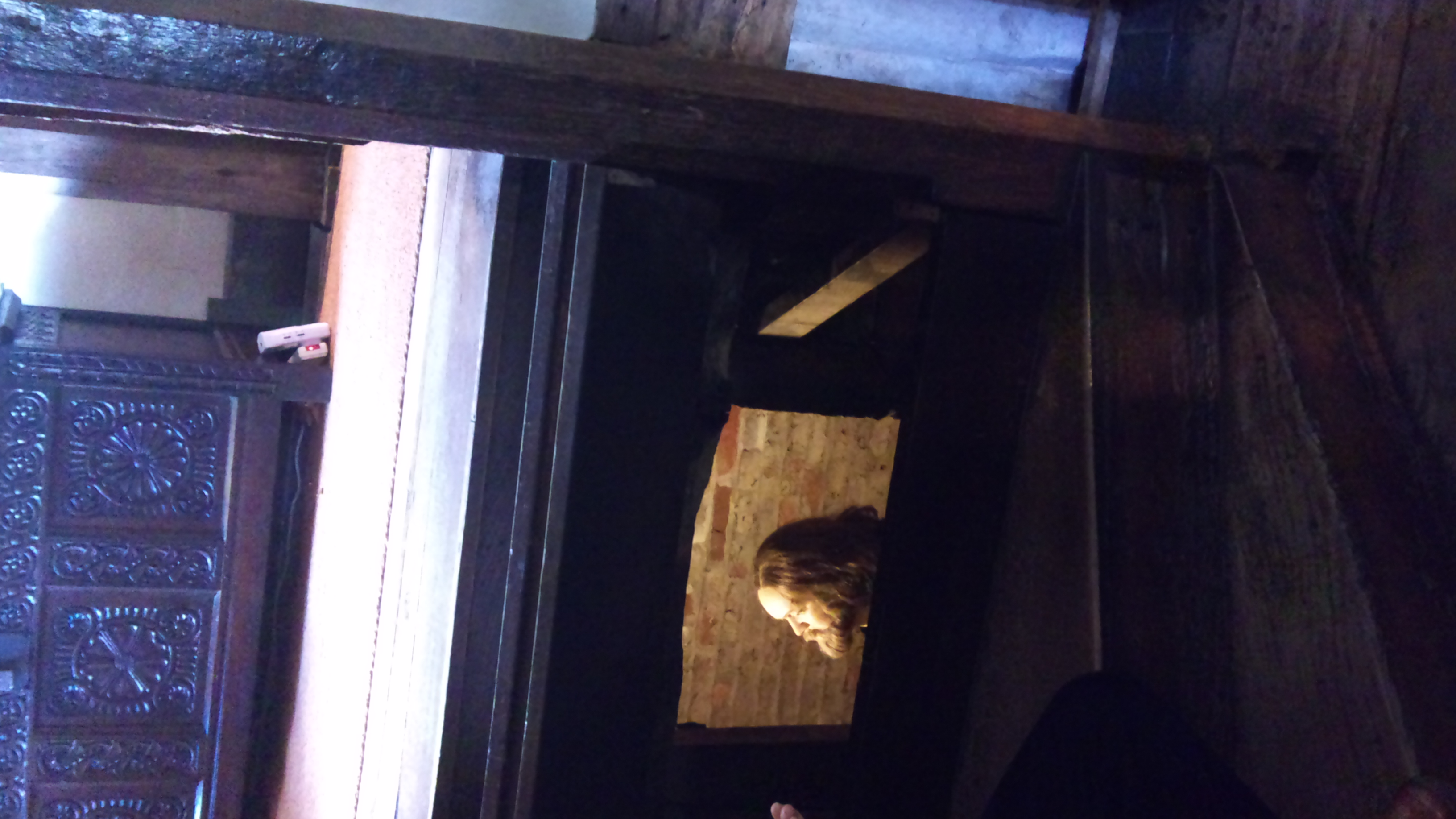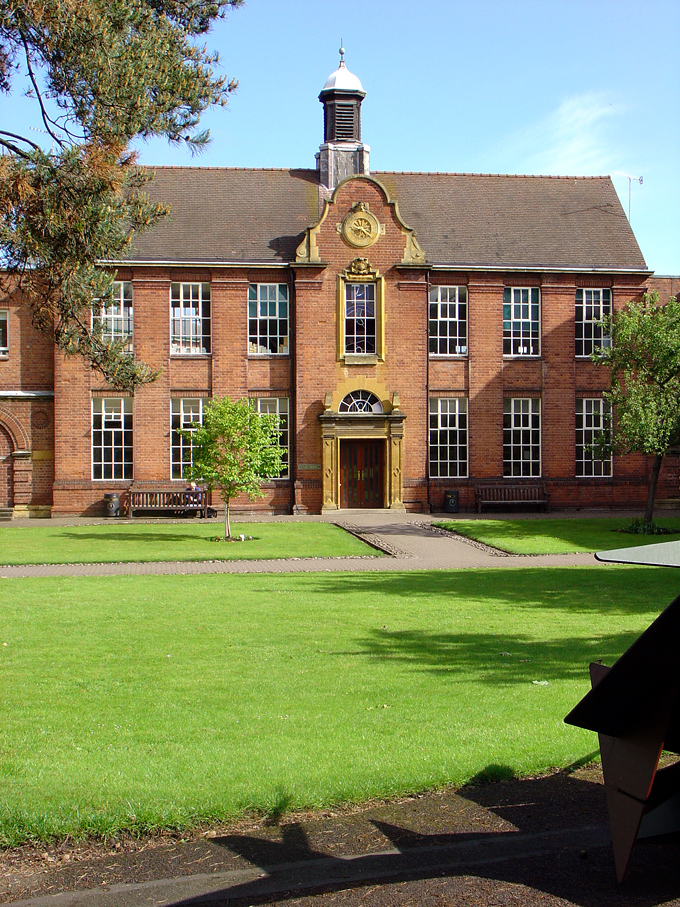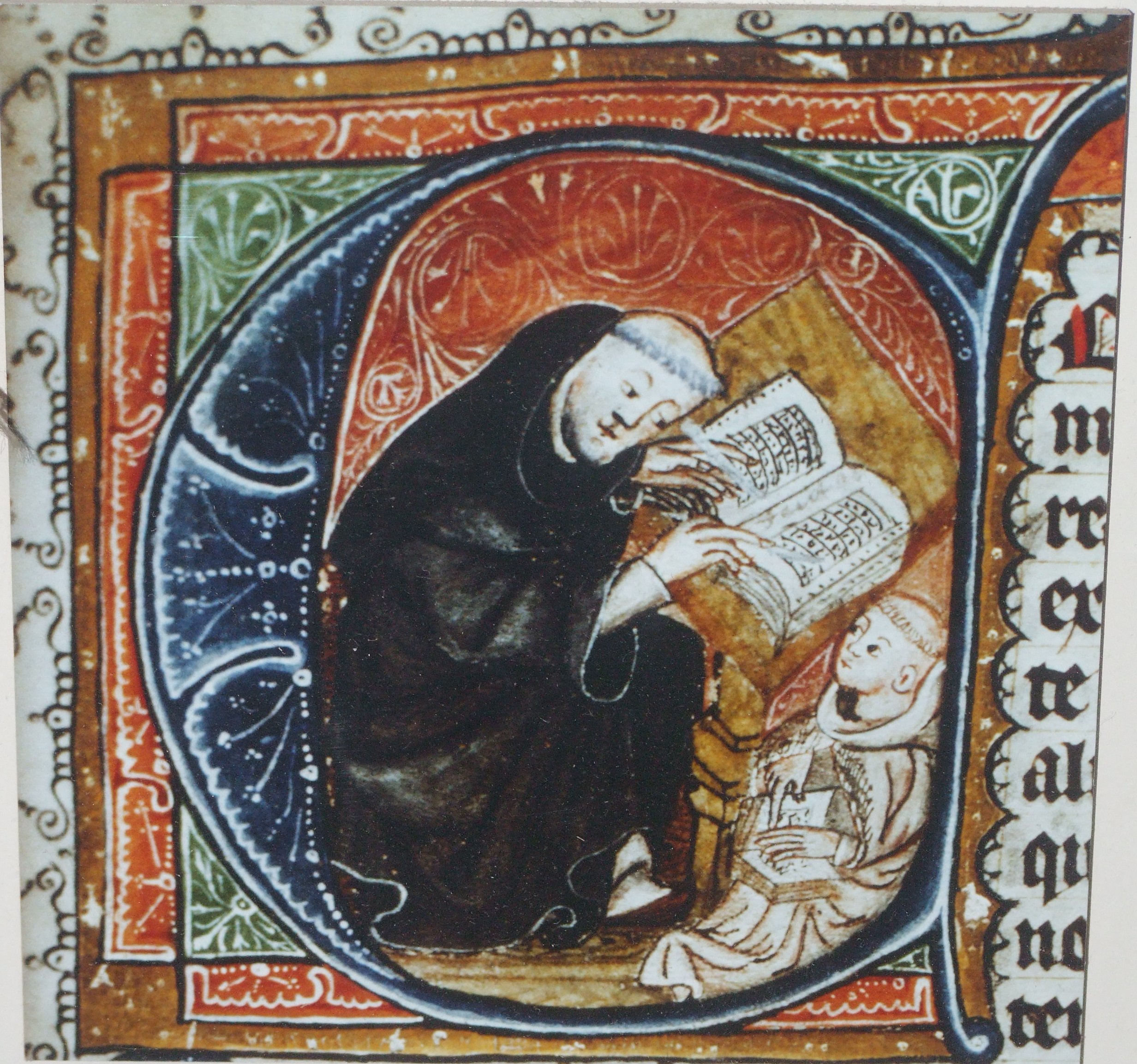|
John Wall (priest And Martyr)
Saint John Wall, ''(aliases John Marsh, Francis Johnson or Dormore or Webb, religious name "Joachim of St. Ann")'' O.F.M., (1620 – 22 August 1679) was an English Catholic Franciscan friar, who is honoured as a martyr. Wall served on the English mission in Worcestershire for twenty-two years before being arrested and executed at the time of Titus Oates's alleged plot. Life He was born in Preston, Lancashire, the son of wealthy and staunch Lancashire Catholics. His brother William, also a priest, became a Benedictine monk. William was later arrested, and condemned for being a priest, but was reprieved and survived. [...More Info...] [...Related Items...] OR: [Wikipedia] [Google] [Baidu] |
John Jones (martyr)
John Jones (c. 1530 - 12 July 1598), also known as John Buckley, John Griffith, Godfrey Maurice (in religion), or Griffith Jones was a Franciscan friar, Roman Catholic priest, and martyr. He was born at Clynnog Fawr, Caernarfonshire (Gwynedd), Wales, and was executed 12 July 1598 at Southwark, England. He is one of the Forty Martyrs of England and Wales. Life John Jones was born at Clynnog Fawr, Caernarfonshire (Gwynedd), Wales. He came from a recusant Welsh family, who had remained faithful Roman Catholics throughout the Protestant Reformation. He was ordained a diocesan priest and was imprisoned in the Marshalsea under the name Robert Buckley from 1582 to about 1585 for administering the sacraments. By summer 1586 he was out on bond, but in 1587 confined at Wisbech Castle."John Jones", ''Th ... [...More Info...] [...Related Items...] OR: [Wikipedia] [Google] [Baidu] |
Martyr
A martyr (, ''mártys'', "witness", or , ''marturia'', stem , ''martyr-'') is someone who suffers persecution and death for advocating, renouncing, or refusing to renounce or advocate, a religious belief or other cause as demanded by an external party. In the martyrdom narrative of the remembering community, this refusal to comply with the presented demands results in the punishment or execution of an actor by an alleged oppressor. Accordingly, the status of the 'martyr' can be considered a posthumous title as a reward for those who are considered worthy of the concept of martyrdom by the living, regardless of any attempts by the deceased to control how they will be remembered in advance. Insofar, the martyr is a relational figure of a society's boundary work that is produced by collective memory. Originally applied only to those who suffered for their religious beliefs, the term has come to be used in connection with people killed for a political cause. Most martyrs are consid ... [...More Info...] [...Related Items...] OR: [Wikipedia] [Google] [Baidu] |
Red Hill, Worcester
Red Hill is an area of Worcester, Worcestershire, England. It is in the south-east of the city on the A44. It has historically been used as high ground to attack the city and as a place of execution. History Red Hill is mentioned regarding King Stephen's attack upon the city of Worcester in 1149. He burnt Worcester and expelled William de Beauchamp, but the castle against which he raised two forts at Red Hill near Digly and Henwicks Hill resisted his attacks. It was said that the remains of this fort could still be seen in 1820.''A general history of Worcester'' by John Chambers, p. 16, 1820, accessed 10 July 2008 In the 17th century, it was an area of execution. |
Exterior Of Harvington Hall
In mathematics, specifically in topology, the interior of a subset of a topological space is the union of all subsets of that are open in . A point that is in the interior of is an interior point of . The interior of is the complement of the closure of the complement of . In this sense interior and closure are dual notions. The exterior of a set is the complement of the closure of ; it consists of the points that are in neither the set nor its boundary. The interior, boundary, and exterior of a subset together partition the whole space into three blocks (or fewer when one or more of these is empty). Definitions Interior point If is a subset of a Euclidean space, then is an interior point of if there exists an open ball centered at which is completely contained in . (This is illustrated in the introductory section to this article.) This definition generalizes to any subset of a metric space with metric : is an interior point of if there exists r > 0, such that i ... [...More Info...] [...Related Items...] OR: [Wikipedia] [Google] [Baidu] |
Nicholas Owen (martyr)
Nicholas Owen, S.J., (c. 1562 – 1/2 March 1606) was an English Jesuit lay brother who was the principal builder of priest holes during the reigns of Queen Elizabeth I and James I of England. Owen built many priest holes in the buildings of English Catholics from 1588 until his final arrest in 1606, when he was tortured to death by prison authorities in the Tower of London. Owen is honoured as a martyr by the Catholic Church and was canonized by Pope Paul VI in 1970. Life Nicholas Owen was born around 1562 in Oxford, England, into a devoutly Catholic family and grew up during the Penal Laws. His father, Walter Owen, was a carpenter and Nicholas was apprenticed as a joiner in February 1577, acquiring the skills that he would use to build hiding places. Two of his older brothers became priests. Owen served as a servant of Edmund Campion, who was arrested by priest hunters in 1581, and was himself arrested for protesting Campion's innocence. Upon his release, he entered the ... [...More Info...] [...Related Items...] OR: [Wikipedia] [Google] [Baidu] |
Priest-hole
A priest hole is a hiding place for a priest built into many of the principal Catholic houses of England, Wales and Ireland during the period when Catholics were persecuted by law. When Queen Elizabeth I came to the throne in 1558, there were several Catholic plots designed to remove her and severe measures were taken against Catholic priests. Many great houses had a priest hole built so that the presence of a priest could be concealed when searches were made of the building. They were concealed in walls, under floors, behind wainscoting and other locations and were often successful in concealing their occupant. Many priest holes were designed by Jesuit lay brother Nicholas Owen, who spent much of his life building priest holes to protect the lives of persecuted priests. After the Gunpowder Plot, Owen himself was captured, taken to the Tower of London and tortured to death on the rack. He was canonised as a martyr by Pope Paul VI in 1970. Background The measures put in force sh ... [...More Info...] [...Related Items...] OR: [Wikipedia] [Google] [Baidu] |
Harvington Hall
Harvington Hall is a moated medieval and Elizabethan manor house in the hamlet of Harvington in the civil parish of Chaddesley Corbett, south-east of Kidderminster in the English county of Worcestershire. It is open to the public. History Harvington's moat and artificial island can be traced back to the 13th-century, older than the bulk of the 14th-century building work survives behind a layer of bricks. The Hall's centre block was probably the “solar” of a typical H-shaped timber-framed building. Adam de Harvington (Herwynton), Chancellor of the Exchequer, lived and, probably, died there in March 1344. After his death, the estate was passed into the hands of the 11th Earl of Warwick and, in 1529, was sold to a wealthy lawyer, Sir John Pakington. Sir John Pakington's great-nephew, Humphrey Pakington, inherited the estate in 1578, who transformed this manor with features that are most well known today. Though the Hall's scale is large in the present day, it is curren ... [...More Info...] [...Related Items...] OR: [Wikipedia] [Google] [Baidu] |
Royal Grammar School Worcester
The Royal Grammar School Worcester (also known as RGS Worcester or RGSW) is an eleven-eighteen Mixed-sex education, mixed, Independent school (United Kingdom), independent day school and sixth form in Worcester, England, Worcester, Worcestershire, England. Founded before 1291, it is one of the oldest British independent day schools. In September 2007, the school merged with the neighbouring The Alice Ottley School, Alice Ottley School and was briefly known as RGS Worcester and the Alice Ottley School (RGSAO) before reverting to their original name. The school began accepting girls in 2003, prior to the merger. The school currently consists of the main high school and three preparatory campuses known as RGS Springfield (previously of Alice Ottley School) RGS The Grange (opened 1996). and RGS Dodderhill. Until 1992 it accepted Boarding school, boarders. Boarding pupils would reside in Whiteladies House, a building that is rumoured to contain hidden treasure from Charles I of Engla ... [...More Info...] [...Related Items...] OR: [Wikipedia] [Google] [Baidu] |
Six Master
The Royal Grammar School Worcester (also known as RGS Worcester or RGSW) is an eleven-eighteen mixed, independent day school and sixth form in Worcester, Worcestershire, England. Founded before 1291, it is one of the oldest British independent day schools. In September 2007, the school merged with the neighbouring Alice Ottley School and was briefly known as RGS Worcester and the Alice Ottley School (RGSAO) before reverting to their original name. The school began accepting girls in 2003, prior to the merger. The school currently consists of the main high school and three preparatory campuses known as RGS Springfield (previously of Alice Ottley School) RGS The Grange (opened 1996). and RGS Dodderhill. Until 1992 it accepted boarders. Boarding pupils would reside in Whiteladies House, a building that is rumoured to contain hidden treasure from Charles I from when he sought refuge there during the Civil War.Wheeler, A R. ''Royal Grammar School Worcester, 1950 to 1991 with retro ... [...More Info...] [...Related Items...] OR: [Wikipedia] [Google] [Baidu] |
Worcestershire
Worcestershire ( , ; written abbreviation: Worcs) is a county in the West Midlands of England. The area that is now Worcestershire was absorbed into the unified Kingdom of England in 927, at which time it was constituted as a county (see History of Worcestershire). Over the centuries the county borders have been modified, but it was not until 1844 that substantial changes were made. Worcestershire was abolished as part of local government reforms in 1974, with its northern area becoming part of the West Midlands and the rest part of the county of Hereford and Worcester. In 1998 the county of Hereford and Worcester was abolished and Worcestershire was reconstituted, again without the West Midlands area. Location The county borders Herefordshire to the west, Shropshire to the north-west, Staffordshire only just to the north, West Midlands to the north and north-east, Warwickshire to the east and Gloucestershire to the south. The western border with Herefordshire includes a ... [...More Info...] [...Related Items...] OR: [Wikipedia] [Google] [Baidu] |
Master Of Novices
In the Roman Catholic Church, a novice master or master of novices, lat. ''Magister noviciorum'', is a member of a religious institute who is responsible for the training and government of the novitiate in that institute. In religious institutes for women, the novice mistress, lat. ''Magistra noviciorum'', is the equivalent. The direction of the novices is reserved solely to the master of novices, under the authority of the major superiors. The master of novices must be a member of the institute; he must have taken perpetual vows and be legally appointed. The novice master is often assisted by a zelator (second or deputy novice master). The novice master's duty is to see that the time devoted to the period of the novitiate be passed in prayer, meditation, and the development of character through a study of the life of Jesus Christ and the saints, church history, the vows and the constitution of the institute. Within the time of this probation, he must make reports about each novi ... [...More Info...] [...Related Items...] OR: [Wikipedia] [Google] [Baidu] |
English College, Rome
The Venerable English College (), commonly referred to as the English College, is a Catholic seminary in Rome, Italy, for the training of priests for England and Wales. It was founded in 1579 by William Allen on the model of the English College, Douai. The current Rector is Rev. Stephen Wang from the Diocese of Westminster. History St Thomas' Hospice (1362–1579) The English Hospice of the Most Holy Trinity and St Thomas was founded in the Regola quarter of Rome in 1362 when the English community in Rome purchased a house from the rosary sellers John and Alice Shephard. The Jubilee Year of 1350, which had seen the influx of over a million pilgrims anxious to gain the Plenary Indulgence offered by Pope Clement VI, had exposed the notorious shortcomings of accommodation in the Eternal City. English pilgrims had paid extortionate prices to stay in damp and filthy hostels far from St Peter's Basilica and the Holy Door through which they had come to pass. Innkeepers gave rooms de ... [...More Info...] [...Related Items...] OR: [Wikipedia] [Google] [Baidu] |







